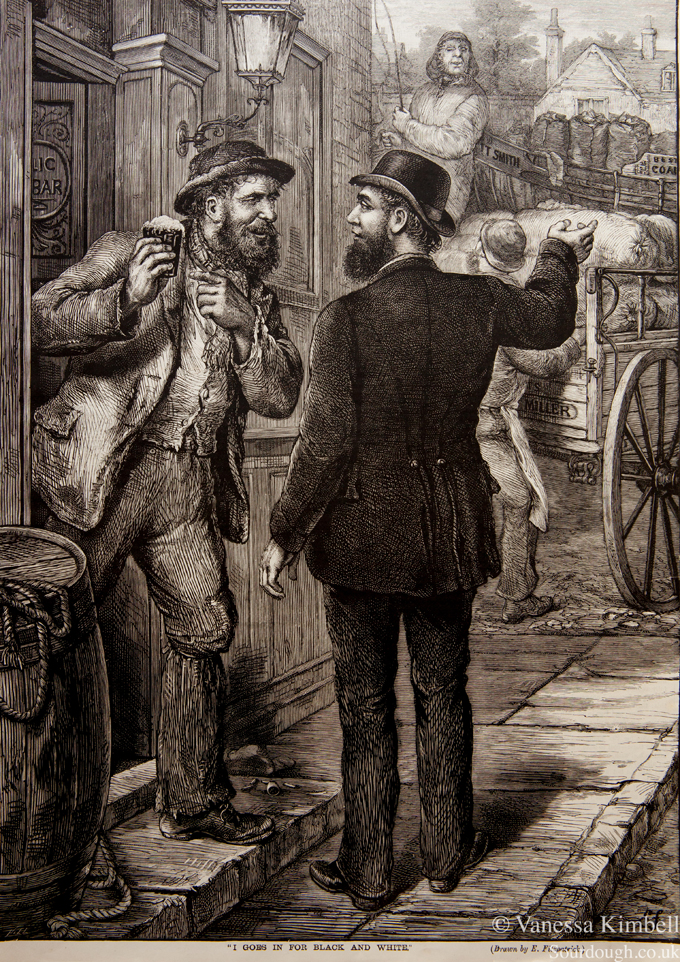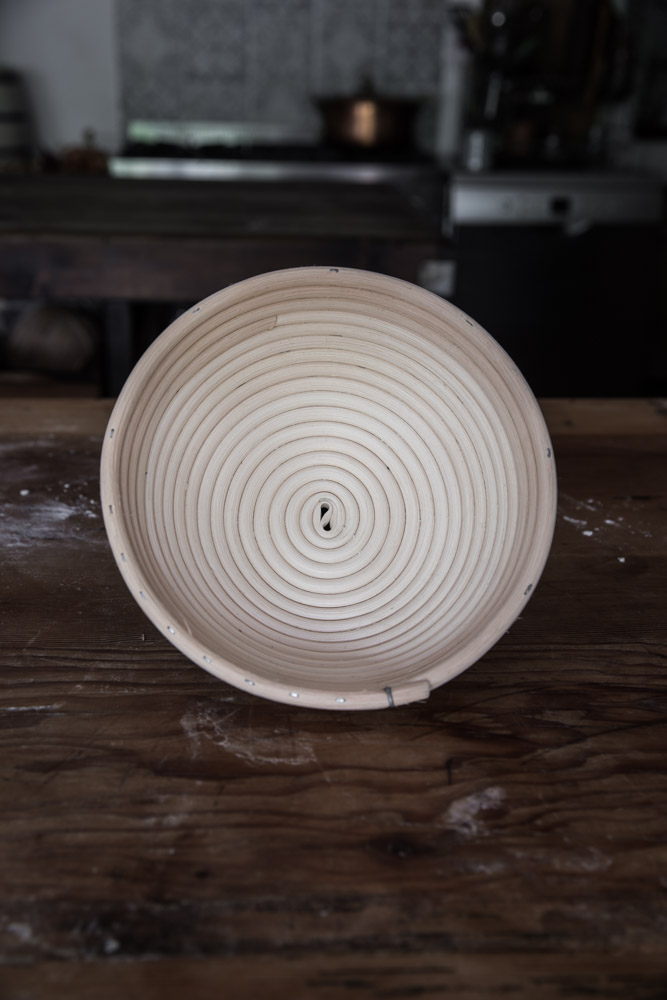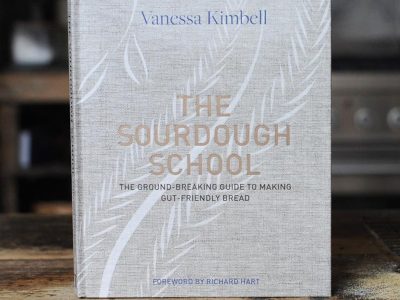
Heritage grain
I’ve been researching the history of bread. We’ve been eating long slow fermented bread for thousands of years, but in the past century we have adulterated bread beyond all recognition. There are more and more people reporting digestive difficulties associated wheat, made into bread in with industrialised processes that take little more than an hour or so from start to finish; yet many of these same people seem to be able to eat long slow fermented bread. So I have been investigating how we used to make bread. What I discovered was that wild yeast wasn’t the only leaven used in bread. For hundreds of years beer barm was used, with a long slow fermentation.
When the opportunity to buy this first edition rare pamphlet, with the main text going into considerable detail of using beer barm in the making of bread I just couldn’t resist it. According to the rare book dealer who sold it to me there are only 5 copies only on the ESTC which have a copy, which are The British Library, John Rylands, St. Andrews University, University of Chicago and Yale.
The full and glorious title of this text lightly browned, stitched pamphlet is The Complete Baker; or a Method of effectually raising a Bushel of Flour, with a Tea-Spoonful of Barm: Intended to obviate the great Difficulties Bakers are often put to, for want of a Quantity of Barm, that very necessary Ingredient in making of Bread. In which is likewise shewn, that the Cause of Bread being close and heavy is entirely owing to the Baker being unacquainted with the Nature of Barm and Flour. By James Stone, of Amport, in Hampshire, and it was published by Salisbury: Printed for the Author; and sold by all Booksellers in Town and Country in 1770
To ensure the bread was as authentic as possible I used John Letts 18th century flour and Harts Family Brewers in Wellingborough kindly supplied the beer barm. It was fascinating to recreate a loaf of bread from almost 250 years ago, not least because I was worried about the unpredictability of the barm coupled with an unfamiliar flour blend … I had planned to write the recipe up, but I got really enthused … and so made a short video instead.




 John Letts – Lammas Fayrre & Heritage grains.
John Letts – Lammas Fayrre & Heritage grains.
Vanessa’s book “sourdough school” really good reading
I am currently working on baking using 18 the century recipies. Is the Heritage flour used the same or different? What product do you recommend for biscuits, cake and puddings?
See Lammas Fayre form bakery bits.
Curious Q.
Where would I get the 18th Century Flour. ship in from the UK? Living in the USA makes that a small problem unless you have some recommendations. I doubt King Arthur Flour has any replica of what you are using.
Cheers,
Jim Bess
Florida
You can get it shipped via DeliverDeli .. see their website for international postage.
Yes it is.
Fascinating! A lovely video, thank you.
What a fascinating video. Thanks so much !
What a beautiful video. The story of this bread is fascinating. I’d like to make it myself but am unsure of how much water and flour to use with the barm.
Start with a teaspoon of barm. Add 100 ml of water with 100g of strong flour. Stir. From this scale up to the amount you need. It should be quite active and ready to double again within about 6 – 8 hours.
Vanessa’s book “sourdough school” really good reading